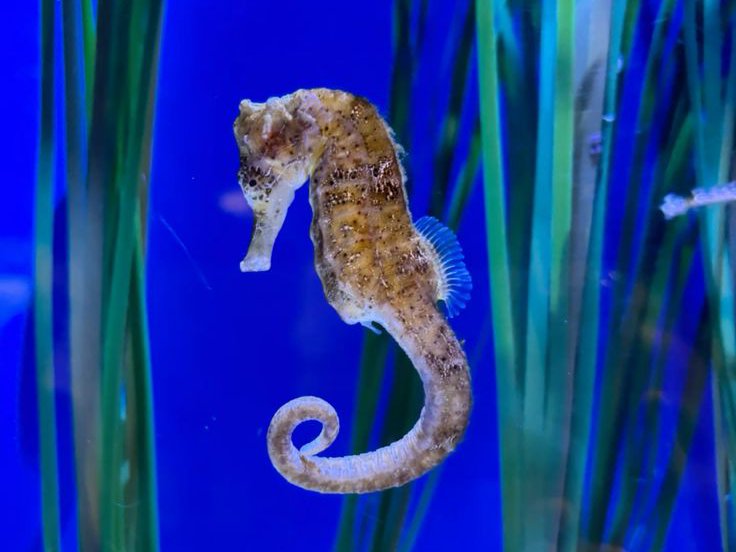Seahorses are among the most captivating marine creatures, known for their horse-like heads, curled tails, and slow, graceful movements. If you’ve ever wondered, “Can you keep seahorses as pets?”, the short answer is: yes — but only if you’re truly prepared. Keeping seahorses in captivity is a rewarding experience, but it comes with specific and often challenging care requirements.
In this guide, we’ll cover whether seahorses make good pets, what it takes to care for them, and which species are best for beginners.
Can You Really Keep a Seahorse as a Pet?
Yes, you can keep seahorses as pets, but they are not ideal for beginner aquarium owners. Seahorses have specialized needs and are best kept by experienced aquarists who understand saltwater tank systems and the nuances of marine life.
Unlike goldfish or guppies, seahorses require stable water conditions, careful feeding routines, and a peaceful tank environment to thrive.
Best Seahorse Species for Home Aquariums
Not all seahorses are suited for life in a tank. The most commonly recommended species for captivity include:
Hippocampus erectus (Lined Seahorse) – Hardy and relatively adaptable
Hippocampus reidi – Vibrant and active, but can be more challenging to feed
Hippocampus zosterae (Dwarf Seahorse) – Tiny and adorable, but requires very small live food
Tank Setup Requirements
Seahorses need a species-specific aquarium. Here are some essentials:
Tank Size: Minimum 30 gallons for a pair of medium-sized seahorses
Water Temperature: 72–78°F (22–26°C)
Filtration: Strong enough to keep water clean, but not too powerful to push the slow-moving seahorses
Feeding Pet Seahorses
Feeding seahorses is one of the most critical aspects of their care. Unlike many marine fish, seahorses often require live food, especially when newly introduced to a tank.
Primary food: Enriched live or frozen mysis shrimp
Feeding frequency: 2–3 times per day
Important note: Food must be available long enough for them to eat, as they are slow feeders
Final Thoughts
So, can you keep seahorses as pets? Yes — but only if you’re ready to commit to a unique, hands-on form of marine care. With the right tank, steady water conditions, and proper feeding, captive-bred seahorses can thrive and live up to 4–6 years in a home aquarium. However, they are best suited for dedicated aquarists who can meet their demanding needs.
Learn More
For more information on marine pet care, visit petniq.com or consult with a local marine aquarium specialist before bringing a seahorse home.
